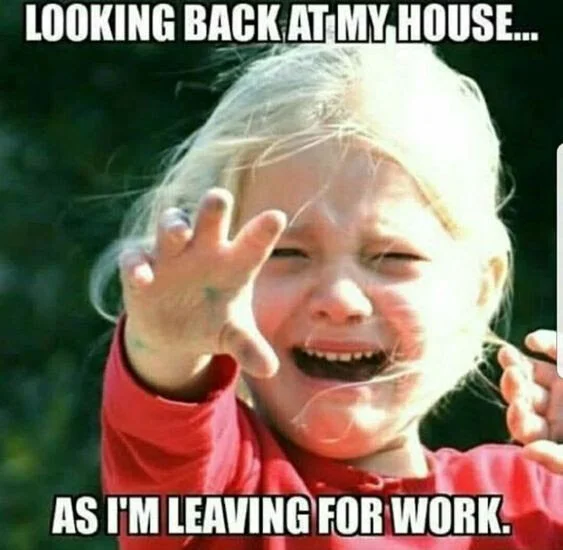How to get people back into the office
The great return to work isn’t going so great, is it?
I am hard-pressed to find someone who’s excited to go back to the office. Sure there are a few that are happy to get out from having to do the washing at 2pm on a Tuesday, but even then, it’s more of an excuse to get out of the house than excitement to be back in the office working away.
A recent study commissioned by COS has shown this to be true, with 68% of Australians preferring to work from home (I personally think it is even more than this but some are just sucking-it-up and getting on with it).
It’s hard to disagree with the majority when only around 4 per cent of Australian employers actually require their staff to work in the office full-time.
Another survey of 1,200 Australian companies done by the Australian HR Institute found that on average, 23 per cent of employees worked from home at least one day a week before the pandemic. Now it’s 58 per cent.
Companies are defiant to get their staff back into the office with many of Australia’s largest employers putting out mandatory return to work announcements in the last month. CommBank, one of Australia’s largest employers with 49,000 staff Australia-wide, being one of them. Ordering all of their employees to return back to the office for at least 50 per cent of their working week by Monday, July 17,th,2023.
But this time employees aren’t cooperating. The Finance Sector Union (FSU) said it had filed a Fair Work dispute over the mandate. Saying staff were being treated like “kindergarten kids”, asked to mark their attendance on an internal roll call system ahead of the bank’s mandatory return to the office call.
“They said that by using this system [you can] see when your favourite person will come the next week,” one of the bank’s employees has said. “So if you are my favourite buddy, I can see when you will be in the office so I can come and hang out with you.”
But this staffer went on to say most people were “infuriated”. “They are annoyed at being treated like kids,” he said. “They are fine to return to the office but not the way they treat us like kids, ticking attendance. If we go back to the office we will do it because we want to, not being forced like this.
Quite a prickly situation we’ve found ourselves in I would say.
So how do we settle this debacle? Here’s a starting suggestion… be honest.
A lot of companies are trying to pull the wool over their employee’s eyes. Trying to offer ‘sweeteners’ to get them back into the office. From social events (that feel more like awkward year 10 formals) to free coffee (that tastes more like dishwater than actual coffee).
Just drop the sell and be honest with them. How’s about something like, “Look, now that the pandemic is over our landlord is on our back to start paying rent again. I know it’s not your problem but I just want to make you aware of what’s really going on and what we’re dealing with”. Because this is exactly what is going on. It’s not a productivity problem, it’s a cost-validation thing.
Most commercial leases are anywhere between 5 to 10 years. Sometimes even longer, and when a business has enough office space for 49,000 people that they’ve committed to paying for over the next 10 years or so, they want to make sure they’re getting an ROI on that outlay.
Again, you might be thinking ‘Not my problem’. Fair enough, but at least you’re getting the truth now and I know I’m more likely to cooperate when at least I’m being told the truth.
This suggestion isn’t going to have people running back into the office, but I think it’s a good starting point.
Share what you think below.





